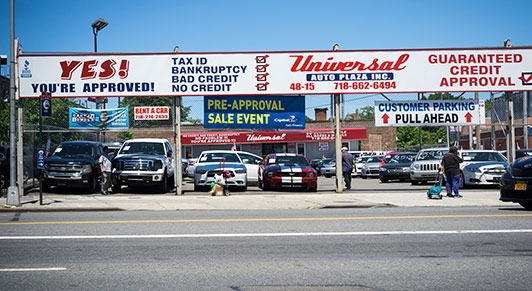The extent of the recent slowdown in India’s growth rate has surprised most India watchers even in the face of ongoing international financial market volatility, high and volatile oil prices, and the uneven global recovery.
GDP growth fell throughout 2011, from a high of 7.8 percent at the beginning of the year to 6.1 percent in the quarter ending in December. The slowdown in the economy has affected the industrial sector particularly hard and has extended to 2012 as shown by the 3.5 percent contraction (y/y) in March industrial production. For 2012/13, we at the IMF project that GDP growth is likely to be about 7 percent.
While India has been affected by the worldwide slowdown, many observers have started to question the inner strength of the Indian growth story.
By international standards 7 percent growth is still very robust, but it sometimes feels like underachievement for a country that was growing at more than 9 percent just a few years ago.
Investment sees drop
The slowdown in growth has been primarily due to falling investment.
Investment reached 38 percent of GDP in 2007/08, just before the onset of the global financial crisis, lifting growth to nearly 10 percent. But investment growth subsequently dropped sharply, crossing into negative territory for the last two quarters of 2011.
This downturn is unprecedented. With the exception of the September-December quarter of 2008, one would have to go back to the last quarter of 2001— more than a decade—to find a year in which investment fell. Since quarterly national accounts have been compiled, no consecutive declines in investment were recorded until 2011.
The weakness in investment has been mainly due to domestic factors, such as high and volatile inflation, but not real interest rates. However, macro variables alone cannot fully explain the weakness in investment in recent quarters, suggesting that other causes, such as structural factors that affect the business environment, were also at play. We'll discuss investment in India in a subsequent posting.
Regardless of its causes, the slowdown in investment has far reaching implications for growth, particularly if it lasts.
First, investment is a component of aggregate demand, so to reach a given rate of growth, its decline has to be offset elsewhere. Second, and far more important, lower investment translates into lower productive capacity, and lower average growth over time.
Practitioners of the dismal science often use the rule of thumb (estimated for a large group of countries) that a one percent of GDP decline in investment could lower trend growth by about 0.3 percent.
To give an idea of what that means for India, the decline of share of investment in GDP by 3.7 percentage points since the global financial crisis could lower trend growth by slightly more than one percentage point. While this may not seem much to some, the long-run implications are daunting: income per capita would be nearly US$1,000 lower in 20 years (more than 50 percent of today’s income per capita) if the economy were to settle at a growth rate of 7 percent instead of 8 percent.
Holding back growth
India's long-run challenges have turned into short-run problems.
Supply constraints, particular in power, mining and land, have become increasingly binding. As these constraints have raised costs and inflation, investor sentiment has suffered. But other measures to remove bottlenecks also matter, such as streamlining taxation through the Goods and Services Tax and facilitating business investment via additional financial reforms (especially for the corporate bond market).
Facilitating trade and easing labor regulations would also boost productivity and enable India to harness its huge and mostly young population by creating more jobs, as would education improvements by improving people’s skills.
Fiscal consolidation and reforms are essential complements to many of these reforms, and their implementation would increase resiliency and make growth more inclusive. Reducing inflation in a durable way is the best contribution that the Reserve Bank of India (RBI) could make to rapid and sustainable growth.
The good news is that policies can make a big difference.
Right now, the government can boost investor sentiment by accelerating the pace of project approvals and launching high impact reform initiatives such as rationalizing fuel subsidies or further liberalization of foreign direct investment rules.
These steps could signal a turnaround and be catalysts for other reforms.
Addressing problems in the power and coal sector is the immediate priority given the linkages across all sectors in the economy. The latest budget begins this process with some financial reforms, measures to broaden the use of public-private partnerships (PPPs), and an enhanced role for UDIs (unique identification numbers) in targeting government programs, which could improve the efficiency of spending.
The RBI has continued to implement financial reforms to facilitate infrastructure financing, improve the transmission of monetary policy, and promote financial inclusion.
If these positive signs are quickly followed by bolder government action, the recent slowdown would have a silver lining.




